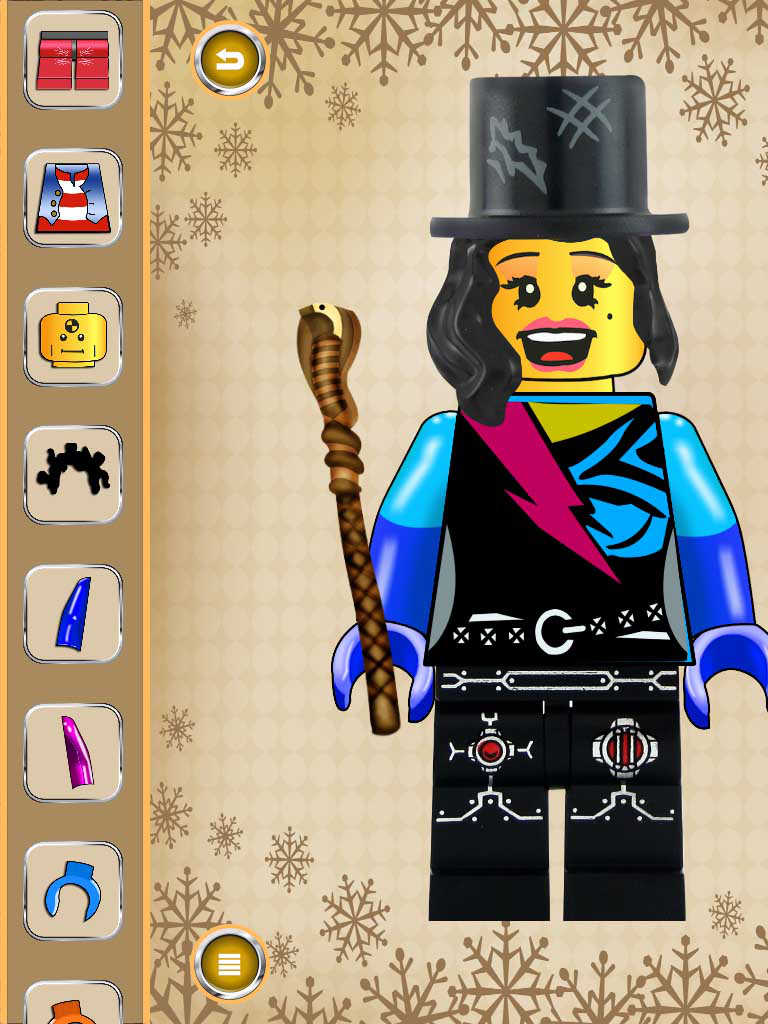

The notion of web services from the early 2000s was an important milestone in the Lego-ization of enterprise software. If only we could treat software as Lego blocks, the reasoning goes, we could mix and match various bits and pieces, building flexible applications by simply snapping their components together. Here are more facts about the Danish toy company you should know.Ever since subroutines appeared in early attempts at computer programming, developers have tried to modularize their code.


It's also an excellent way to use the extra pieces that come with every set-which LEGO includes for your own good. This is where it encourages you to be creative by finding alternate pieces to fit into the empty spaces.īrickit is a great resource if you want to build models that go beyond the picture on the box. Depending on the size of your inventory, the tool may show you build-plans you don't have all the necessary parts for. You choose a structure to make and the app shows you how to put it together step-by-step with the pieces in front of you. The technology isn't limited to 2-by-4-peg bricks in primary colors, either: More specialized elements like vehicle wheels are also detectable.Īfter identifying your pieces, Brickit suggests projects that are compatible with your collection. The app uses object recognition to pick out specific pieces from your hoard. To use it, start by gathering your LEGO collection and snapping a picture of the pile through the software.

If you fall somewhere between these two categories, Brickit may be the app for you.Īs Fast Company reports, Brickit is a free app that tells you what you can build using whatever LEGO pieces you have at home. Type-A architects may like to purchase sets and follow the instructions to the letter, while more free-form designers may prefer to amass random pieces and see what inspires them.


 0 kommentar(er)
0 kommentar(er)
